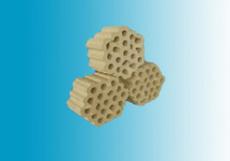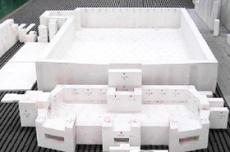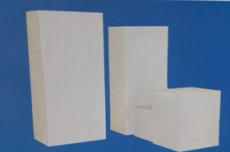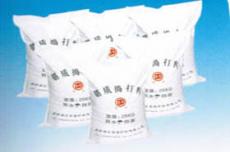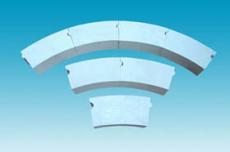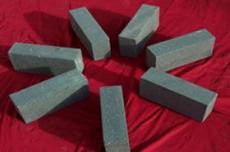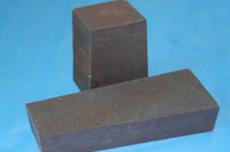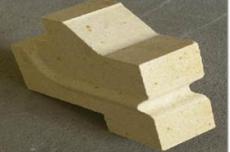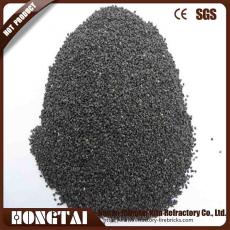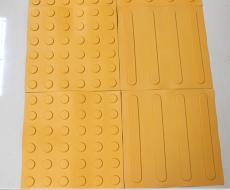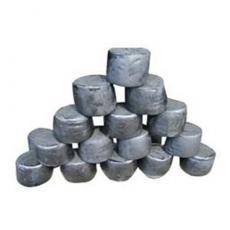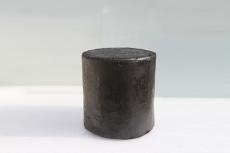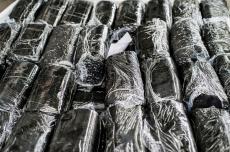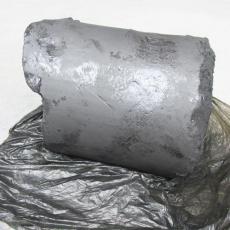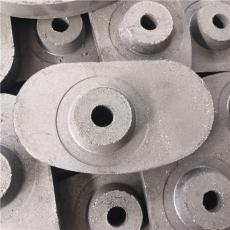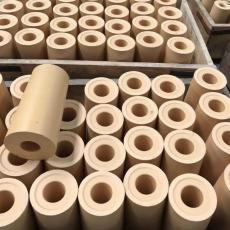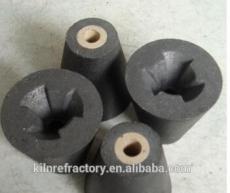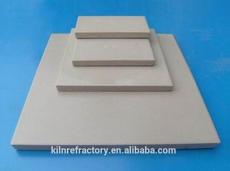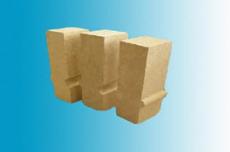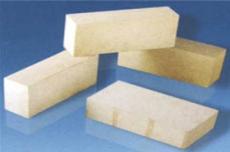
Alkali-resistant concretes are divided into lightweight and heavy according to different conditions of use. Lightweight alkali-resistant concretes have a porosity of more than 45%, and heavy alkali-resistant concretes have a porosity of less than 59%. Heavy alkali-resistant concretes can be divided into alkali-resistant concretes and high-strength alkali-resistant concretes.
Lightweight alkali-resistant concretes react with alkali metal oxides at high temperatures to form a highly viscous liquid phase, forming a dense axially formed protective layer that prevents the penetration and erosion of alkali metal melts. Their chemical composition is generally as follows: Al₁₂O₃: 30%–55%, S₁O₂: 25%–45%. They are characterized by their heat-retaining capacity and resistance to alkali metal erosion.
The cement dosage of traditional alkali-resistant lightweight concrete is 25-30%, and the addition of water is 20-25%. Due to the destruction of the adhesive structure of cement at medium temperatures (800-1000 °C), the strength is greatly reduced, reaching only 50% of the drying strength. Therefore, in the improved process, ultrafine powder and suitable dispersant are added, reducing the cement dosage to 10-20%, and the addition of water to 15-20%. Alumina clinker, clay clinker, etc. are used as fillers in heavy alkali-resistant concrete. The binder and alkali-resistant powder are the same as those in lightweight alkali-resistant concrete. Their main chemical composition is: Al₁₂O₃: 35-60%, S₁O₂: 35-60%. Traditional heavy alkali-resistant cement contains 20% water and 10-15% water; while the improved heavy alkali-resistant low-cement cement contains 5%-15% and 6.5%-7.5% water. Since the binder for heavy alkali-resistant low-cement casting materials uses calcium aluminate cement and silica powder (fumed silica), the addition of silica powder not only improves the medium-temperature adhesive strength of the casting material, but also promotes the formation of an axial anti-permeability layer on the surface of the material body during use. It has the characteristics of excellent medium-temperature strength and good alkali resistance.
Heavy alkali-resistant casting materials are mainly used in the tailstock, preheater, tap hole, tuyere and other parts of alumina rotary kiln and cement rotary kiln.
Lightweight alkali-resistant casting materials are used for the top cover of preheated products and the thermal insulation lining of the cylinder.
